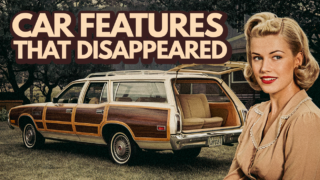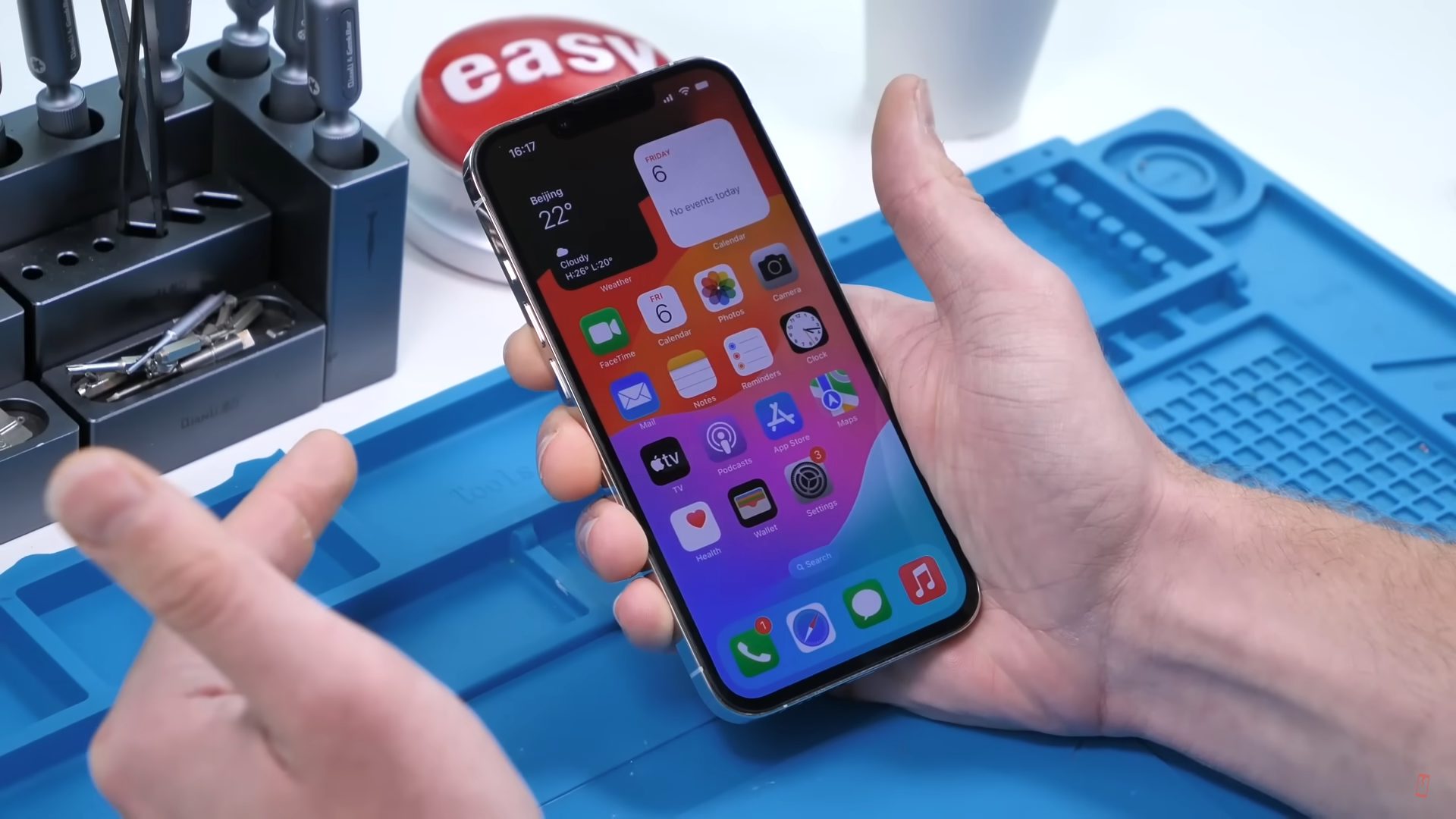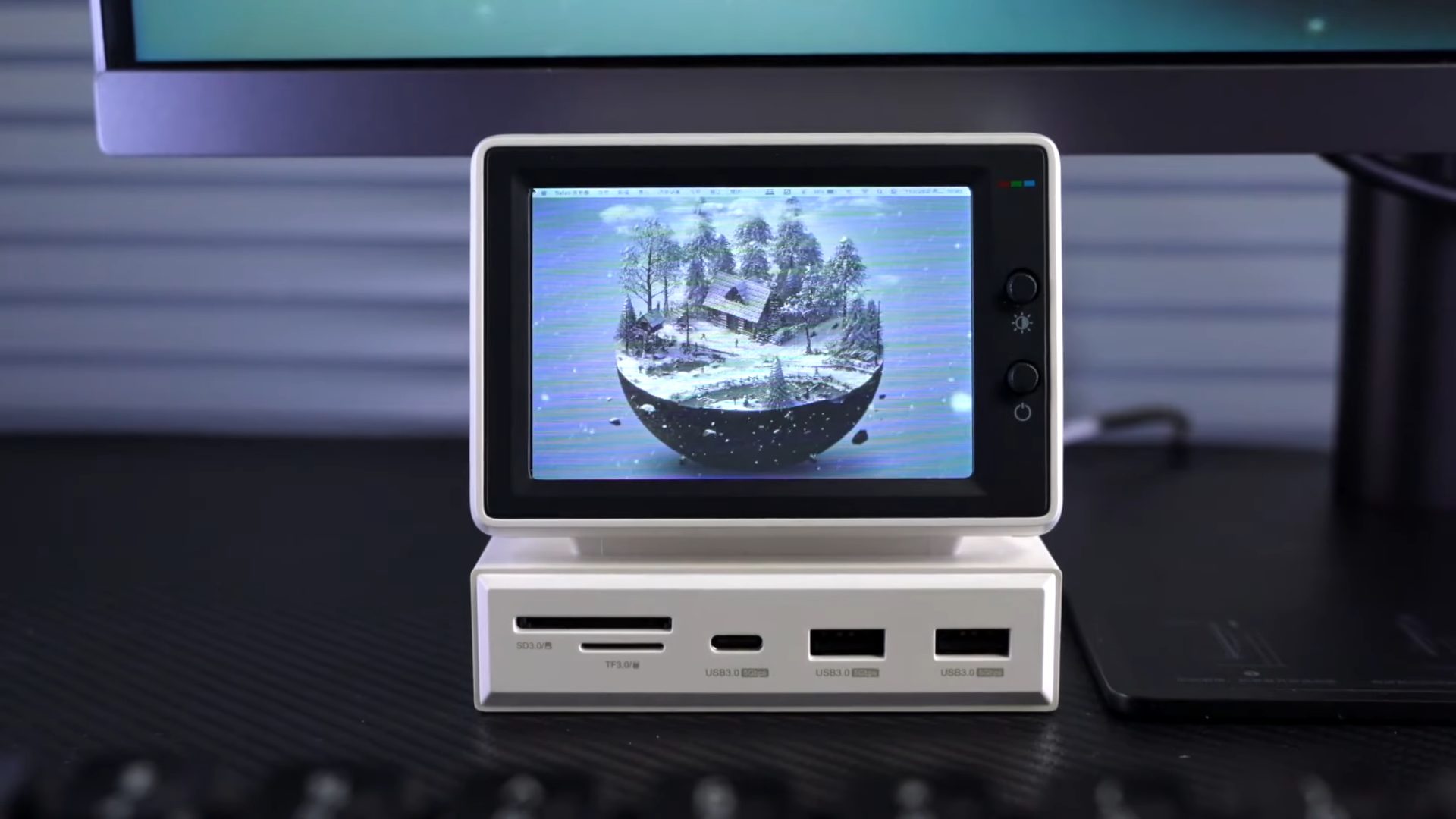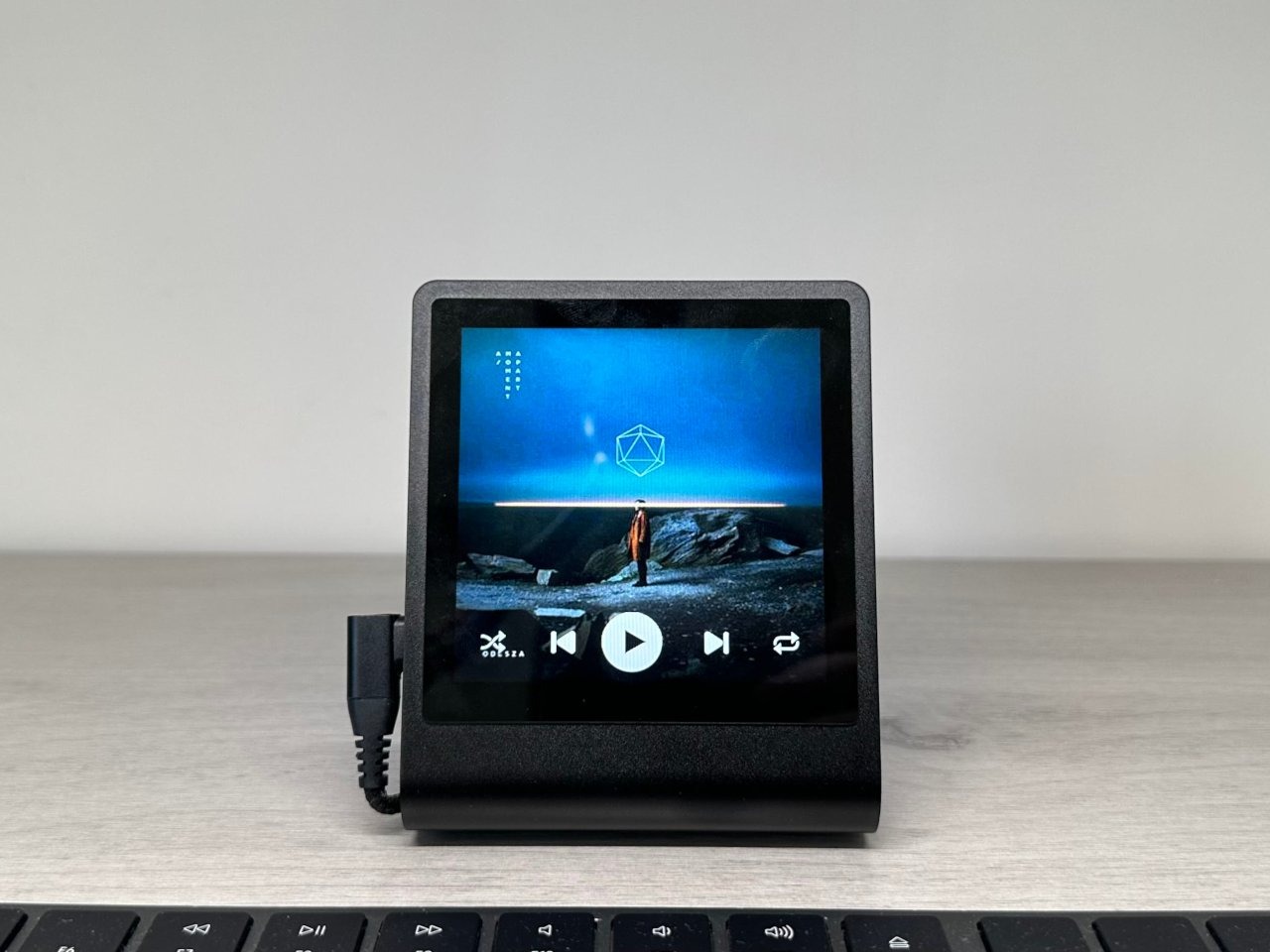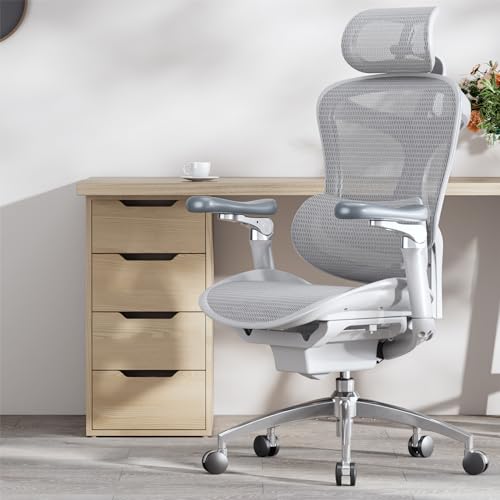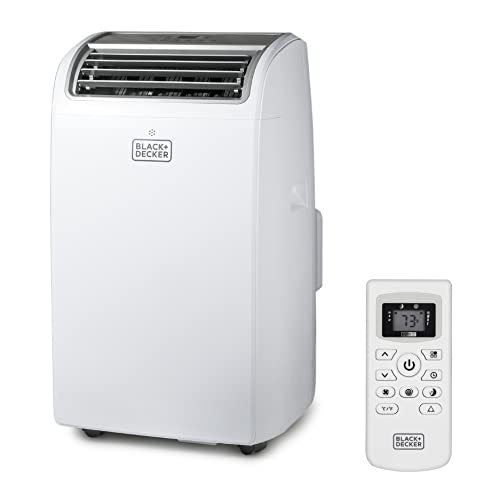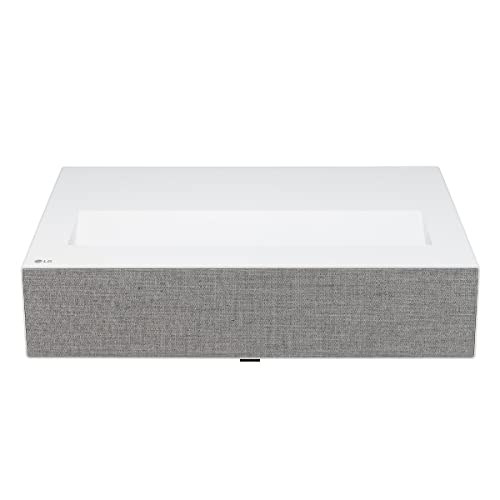Car dealerships showcase gleaming paint jobs and tout exciting features, but what lurks beneath that polished exterior often tells a different story. From engine failures and electrical nightmares to staggering depreciation and wallet-crushing repair bills, certain vehicles transform from dream purchases into financial sinkholes with alarming speed.
We referenced reviewers at Edmunds, MotorTrend, and Kelley Blue Book to expose seventeen models that consistently disappoint owners, costing thousands in unexpected repairs while delivering less than promised. Before signing any purchase agreement, arm yourself with this critical information about which popular vehicles could leave you stranded, both on the roadside and financially.
17. Chevrolet Blazer (Exterior)

Behind the sharp styling lies a financial sinkhole waiting to happen. The Chevrolet Blazer, especially 2020 to 2021 models, promises modern aesthetics but delivers hefty repair bills. At roughly $44,000, it draws in buyers with its attractive design, but things change once you get under the hood. Some vehicles experience engine stalling, while electrical failures affect critical systems like safety features and dashboard controls. Insurance companies charge premium rates due to repair frequency, and owners may face unexpected maintenance costs averaging $649 annually for Chevrolet vehicles. If you’re buying used, check service histories for radiator leaks and uneven tire wear – two telltale signs of deeper problems.
Chevrolet Blazer (Interior)
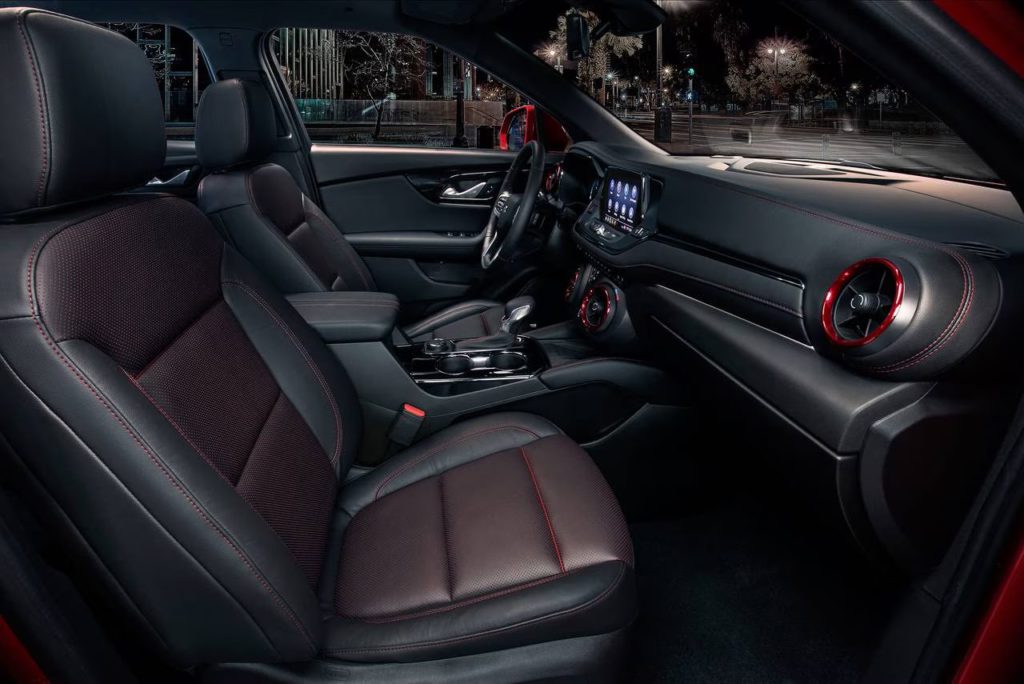
In a Blazer, you’ll encounter craftsmanship with questionable attention to detail. The Camaro-inspired air vents look fantastic initially, but some owners mention rattling developing after hitting potholes. Infotainment system glitches have been reported in owner forums, although no official recall has addressed these issues. The door panels feel both hard and hollow at the same time. While some owners have brought up upholstery concerns and climate control quirks, these remain anecdotal rather than statistically significant problems. The sunroof option has mixed reviews – consider your local climate and typical parking conditions before selecting this feature.
16. Lincoln Aviator (Exterior)

Luxury SUV shoppers often compare performance figures without examining reliability data. The Lincoln Aviator costs between $53,000 and $88,000 for the premium Black Label trim, luring buyers with its elegant styling. Models from 2020 to 2024 faced multiple recalls affecting their electrical systems and airbag functionality, with the NHTSA listing at least three recalls since 2020. The vehicle achieves only 18 MPG combined – significantly worse than competitors and costing owners more annually in fuel alone. Despite the plush cabin and powerful engine, repair costs may exceed those of rivals like the BMW X5 and Audi Q7, though average Lincoln maintenance runs about $702 annually, not the $1,500 some claim.
Lincoln Aviator (Interior)
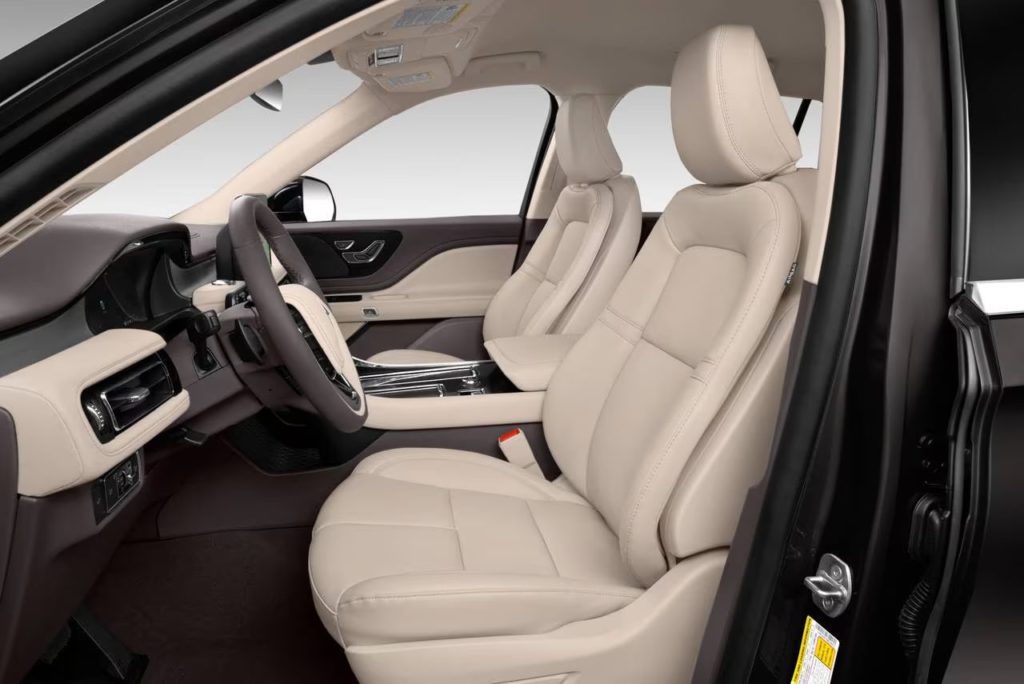
The Aviator’s cabin initially dazzles with luxury, but reveals potential long-term issues. Dashboard materials impress during showroom visits, but some owners note concerns with durability. Touchscreen responsiveness receives mixed reviews in owner forums, although there are no documented failure rates. The electronic shifter has occasional complaints but no recall-level problems. Premium speakers may struggle at maximum volume, according to some owners. While seat massage functions and climate zone effectiveness get occasional criticism in forums, these remain largely anecdotal experiences rather than widespread problems. The piano black surfaces, like in most luxury vehicles, do require regular cleaning to maintain their appearance.
15. Volvo XC60 (Exterior)
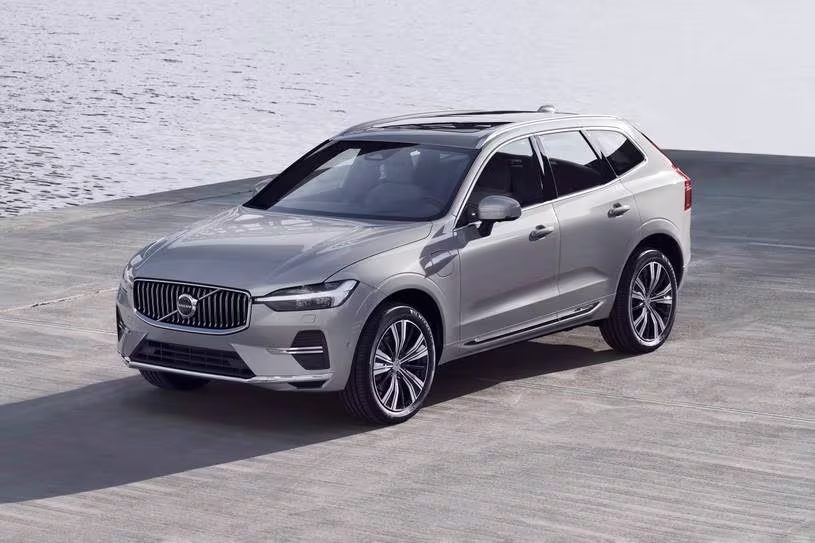
The disconnect between Volvo’s safety reputation and the XC60’s reliability makes this $53,000 vehicle particularly noteworthy. This Swedish-designed SUV aims to strike a balance between luxury and practicality. The 2024 model has faced two major recalls addressing transmission failures and software issues. Some owners mention infotainment screens freezing and driver-assist features deactivating without warning, though frequency rates remain unverified. Fuel economy reaches approximately 21 MPG combined, while maintenance costs exceed segment averages by about 22% ($730 vs. $600) annually according to Kelley Blue Book – not the 40% claimed in some reports. Review maintenance records for transmission fluid changes and software updates before taking the plunge.
Volvo XC60 (Interior)

Feast your eyes on the XC60’s cabin and experience the clean lines of minimalist Swedish design. While electrical concerns exist, they appear less frequent than some suggest. The seats remain comfortable, perhaps the only feature receiving universal praise. Climate control problems have been mentioned, but without statistical validation of widespread issues. The premium Bowers & Wilkins sound system receives mostly positive reviews, though isolated incidents of audio quality problems exist. Maintenance typically requires dealer visits since the electrical architecture defies DIY solutions. Even with occasional frustrations, the interior design and material quality generally meet the expectations set by the premium price point.
14. Rivian R1T (Exterior)

Engineered with cutting-edge technology, the Rivian R1T targets adventure-seeking buyers with deep pockets. Base models start at $71,700, while premium configurations exceed $110,000. Behind the impressive specs lurk some reliability concerns. Owners mention software glitches affecting basic functions. Suspension problems have been noted in some vehicles. While the truck offers 314 miles of range, real-world testing shows drops of 20-30% when towing or during cold weather – an issue common to all EVs. NHTSA data shows two recalls in 2024 for airbag inflators and charging plugs. Early adopters face the additional challenge of limited service infrastructure, with only about 21 service centers nationwide as of 2024.
Rivian R1T (Interior)
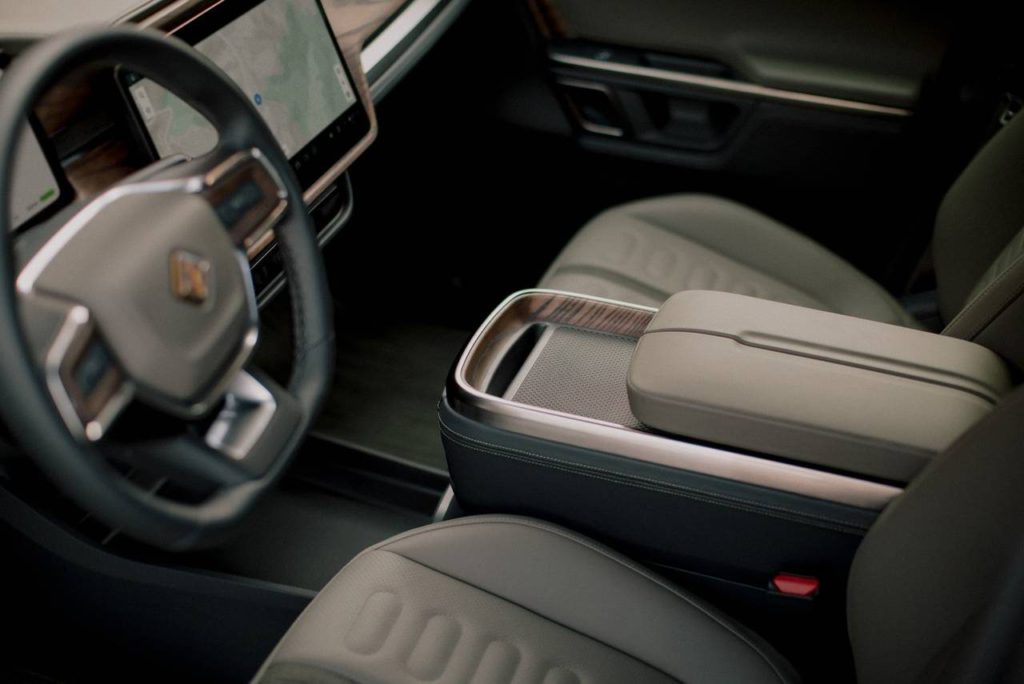
Your high-dollar investment in the R1T introduces you to a cabin where Silicon Valley meets truck utility. The minimalist interior impresses initially, though some owners question the all-screen control approach. The center display occasionally experiences software hiccups according to forum discussions, though the frequency remains undocumented. Owners have mentioned noises from the “gear tunnel” door, though such reports remain anecdotal. The vegan leather seating receives mixed durability reviews – impressive in some vehicles, while showing premature wear in others. Software updates arrive regularly, representing both Rivian’s commitment to improvement and the vehicle’s ongoing development status.
13. Polestar 2 (Exterior)
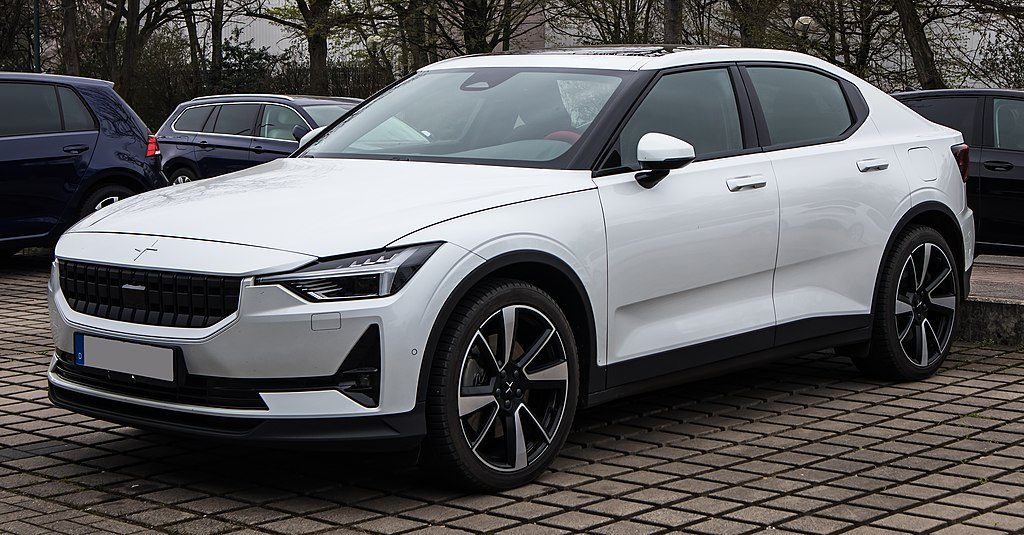
Unlike traditional vehicles, electric cars present unique ownership challenges. The Polestar 2 starts around $49,900 and features minimalist Scandinavian design. However, its Google-powered infotainment system occasionally experiences issues, with NHTSA recall 21V110 confirming an ECU reset problem affecting power systems. The EPA estimates 270 miles of range, but owners note significant drops in cold weather – typical for all EVs, which can lose up to 30% range in freezing conditions. Models from 2021-2022 faced battery-related recalls. Service appointments often require scheduling weeks in advance due to limited technician availability and parts supply issues. Prospective buyers should test all electronic features thoroughly during extended test drives.
Polestar 2 (Interior)
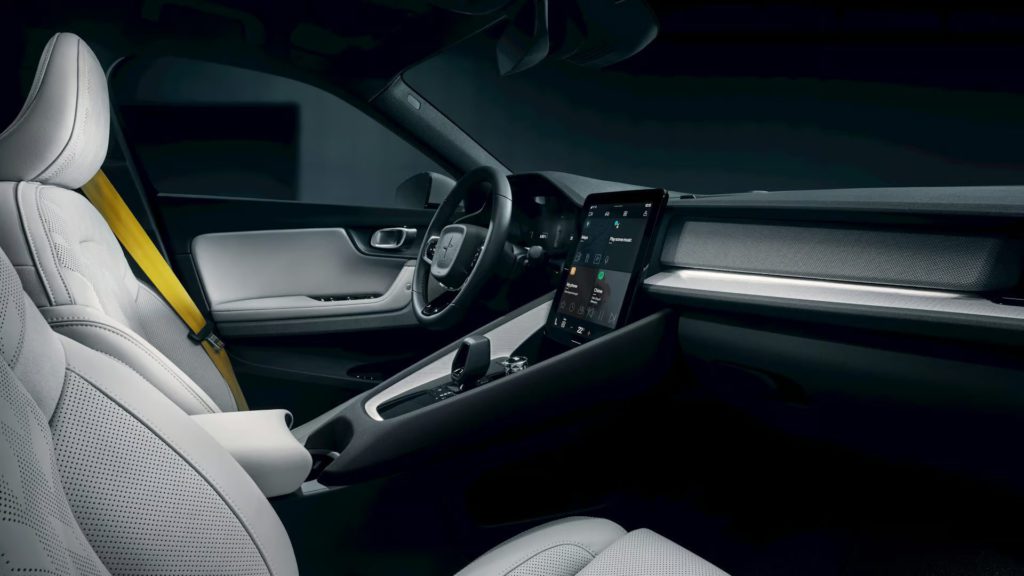
Scandinavian minimalism defines the Polestar 2’s cabin aesthetic – beautiful yet occasionally prioritizing form over function. Premium materials surround occupants, but the Google interface receives mixed reviews from owners. Voice command success rates vary significantly, though no formal testing confirms specific percentages. The seats provide excellent support, according to most drivers, though taller occupants sometimes mention headroom limitations. The dramatic glass roof creates a light-filled environment that some owners note can heat the cabin significantly during summer months. The climate control system generally manages temperature well, though it works harder in extreme conditions like most EVs.
12. Ford Bronco (Exterior)

The nostalgia tax on this revived icon comes with potential mechanical considerations. The Ford Bronco, priced between $39,600 and $73,350 for Raptor models, resurrects a beloved nameplate with retro styling. Beneath the Instagram-worthy appearance, NHTSA records confirm a recall for cracked fuel injectors on 2021 models. Customer experiences with transmission responsiveness and engine noise vary. Electrical system complaints exist, but there are no documented failure rates. Fuel economy averages 17 MPG combined for 4-door AWD models according to EPA data, potentially adding approximately $950 annually compared to more efficient competitors. Scrutinize any check engine light history and transmission service documentation before signing papers.
Ford Bronco (Interior)

Ford’s rugged approach to the Bronco’s cabin emphasizes durability over luxury. The much-discussed washable interior represents a key selling point, though some owners note potential water entry points during heavy cleaning. Hard plastics dominate touchpoints, prioritizing longevity over tactile satisfaction. The SYNC infotainment system generally functions well, though some owners report occasional glitches without documented frequency rates. Removable panels and roof sections store in provided bags that receive mixed durability reviews. Control surfaces maintain traditional buttons for critical functions – a practical choice for off-road use when gloves or muddy conditions might challenge touchscreen-only interfaces.
11. Buick Encore (Exterior)

Step into urban streets where compact SUVs compete for attention. The Buick Encore, at approximately $26,000, offers entry-level luxury branding in a small package. Its 1.4L turbocharged engine delivers acceleration that some find adequate for urban environments but potentially challenging for highway merging. Air conditioning durability concerns exist in owner forums, though the claimed 30% failure rate lacks verification. Electrical problems affecting various systems have been noted. Multiple recalls address concerns with powertrain control modules and airbag systems according to NHTSA data. When considering a used Encore, listen carefully for unusual transmission noises during test drives – potential indicators of more expensive repairs.
Buick Encore (Interior)

Buick’s attempt at upscale appeal inside the Encore relies on recognizable luxury styling cues rendered in more budget-friendly materials. Seat comfort varies by individual physique and trip duration, with mixed long-term satisfaction. The infotainment system’s interface and screen size reflect its development era rather than current standards. Rear passenger space accommodates average adults for shorter trips, though tall passengers may find quarters tight. The cargo area provides practical urban utility despite modest dimensions. Some owners mention climate control effectiveness concerns, while sound insulation offers reasonable but not exceptional highway noise reduction. Overall material quality aligns with the entry-luxury positioning rather than premium segment standards.
10. Dodge Durango (Exterior)

Some say muscle met SUV and created a legend. The Dodge Durango starts around $40,000, with the 2025 SRT Hellcat reaching an eye-watering $115,000. It boasts an impressive 8,700-pound towing capacity and sprints from 0-60 mph in under 5 seconds. EPA data confirms fuel economy averages around 15 MPG combined with V8 engines, potentially translating to $3,000 annually in fuel costs. Owners have reported exhaust manifold issues, noted in technical service bulletins, though exact failure rates remain undocumented. Engine longevity varies significantly by maintenance and driving style. Before buying, check for smoke during cold starts and listen for exhaust ticking – potential indicators of needed repairs.
Dodge Durango (Interior)

Dodge’s performance-first philosophy shapes the Durango’s cabin, with angular design elements that prioritize visual impact over subtle elegance. The sport-contoured seats support aggressive driving but comfort assessments vary for longer journeys. Electronics generally function reliably, though the power liftgate has occasional operational concerns according to some owner forums. The UConnect system earns praise for intuitive operation and responsiveness, with only isolated reports of system resets. Third-row accommodations suit occasional use rather than primary seating. Climate systems distribute airflow effectively in most conditions. The paddle shifters and performance-oriented controls satisfy enthusiast drivers, partially offsetting the practical compromises inherent in performance-focused vehicles.
9. Jeep Wrangler (Exterior)
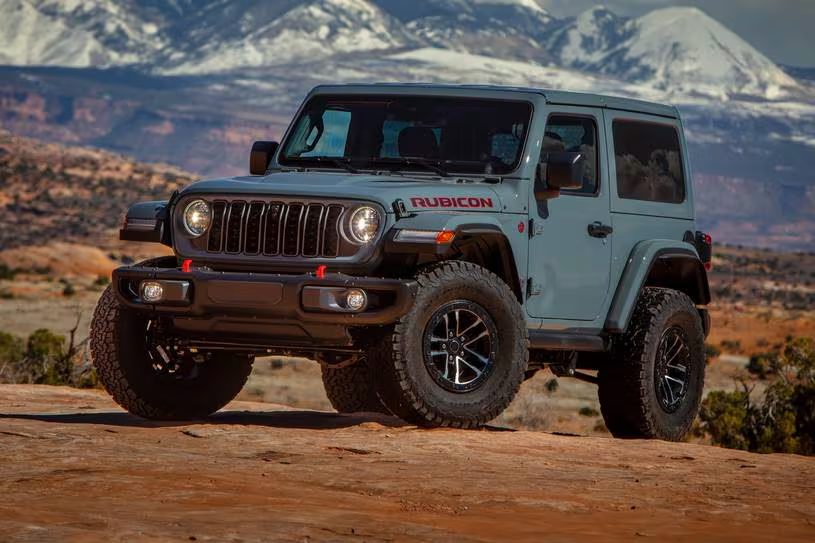
The authentic off-road experience includes established reliability considerations. The Jeep Wrangler, starting around $33,000, promises adventure with compromises. Consumer Reports confirms below-average reliability ratings, with electrical problems affecting a significant percentage of vehicles within five years. Rust susceptibility varies by region and use conditions. Engine noise levels exceed those of car-based SUVs, though exact decibel comparisons to safety standards remain unverified. The steering system sometimes develops a concerning oscillation at highway speeds – commonly called “death wobble” – requiring repairs costing approximately $1,000-$1,500 according to service centers. Multiple recalls address various systems. Conduct thorough undercarriage inspections before purchasing used models.
Jeep Wrangler (Interior)
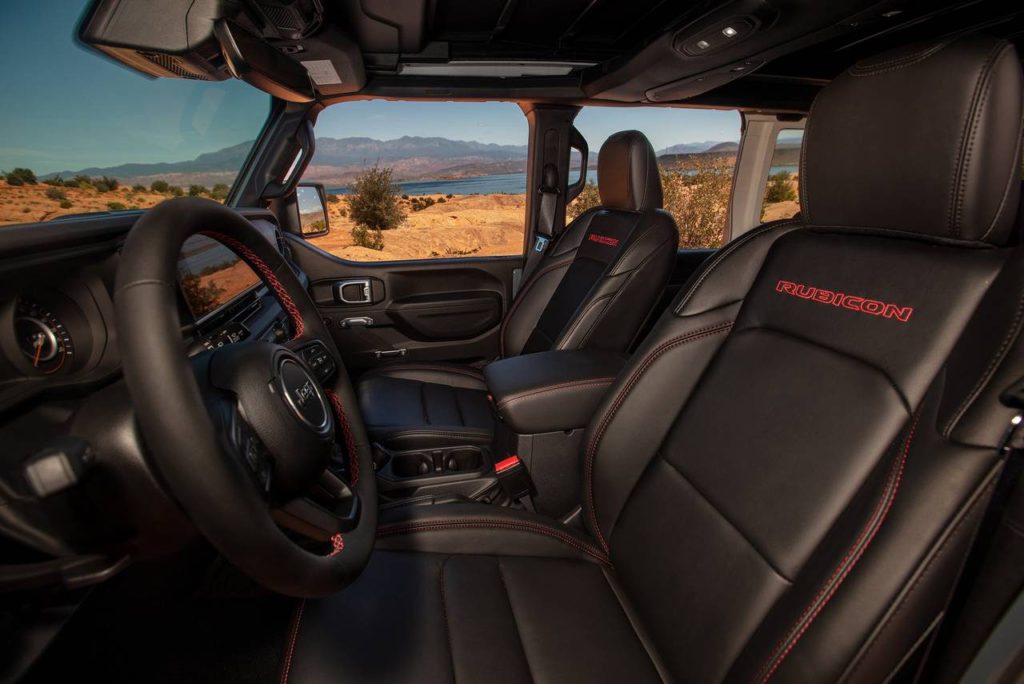
The Wrangler’s interior prioritizes rugged utility over comfort, reflecting its purpose-built off-road heritage. Weather sealing improvements have reduced but not eliminated water intrusion concerns during heavy rain or car washes. The drain plugs in the floor reflect Jeep’s pragmatic approach to inevitable moisture. Highway noise levels exceed mainstream SUV standards, making conversation more challenging at speed. The infotainment screen visibility varies with lighting conditions, particularly with roof panels removed. Climate system effectiveness depends significantly on external conditions and top configuration. Despite these functional compromises, the Wrangler’s distinctive character and capability continue attracting enthusiasts who prioritize off-road performance over everyday comfort.
8. Jaguar F-Pace (Exterior)

The financial impact of luxury SUV ownership reaches new heights with this British beauty. The Jaguar F-Pace starts around $58,300 and promises refined performance. Behind the elegant façade lurk electrical system concerns affecting various functions, though the claimed 60% infotainment failure rate lacks verification. Oil consumption issues exist in some engines, particularly at higher mileage, occasionally approaching 1 quart per 1,000 miles according to service records. Fuel pump durability concerns and brake system recalls appear in NHTSA data.
Annual maintenance costs typically range between $1,500-2,000 – higher than mainstream brands but typical for the luxury segment. Investigate service records for oil consumption and warning light history during pre-purchase evaluation. Worried about extravagant repair bills? Reviewing the cars with the highest maintenance costs today can help you spot luxury models that may drain your pocket.
Jaguar F-Pace (Interior)
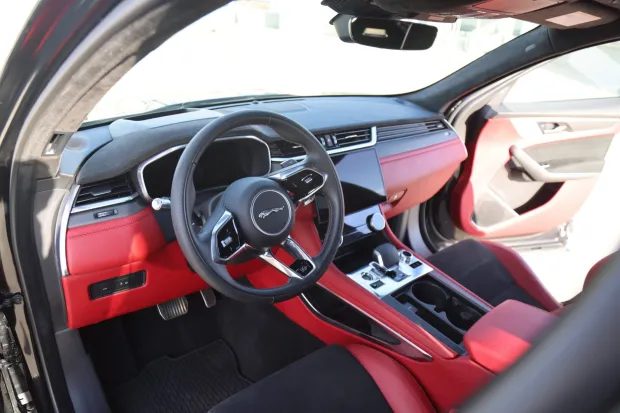
British luxury traditions are reflected in the F-Pace cabin through elegant lines, high-quality materials, and distinctive features like the rising rotary gear selector. Dashboard warning lights may occasionally illuminate in response to minor sensor inputs rather than critical failures. The Meridian sound system delivers impressive audio performance according to most owners. Seat stitching quality and wood trim fitment generally meet luxury expectations, though isolated quality control variations exist. Touch controls require deliberate inputs, reflecting Jaguar’s interface design philosophy rather than technical deficiencies. While electrical concerns exist across the brand’s history, current models show improvement over previous generations, with most function-affecting issues addressed through software updates rather than component replacement.
7. Nissan Frontier
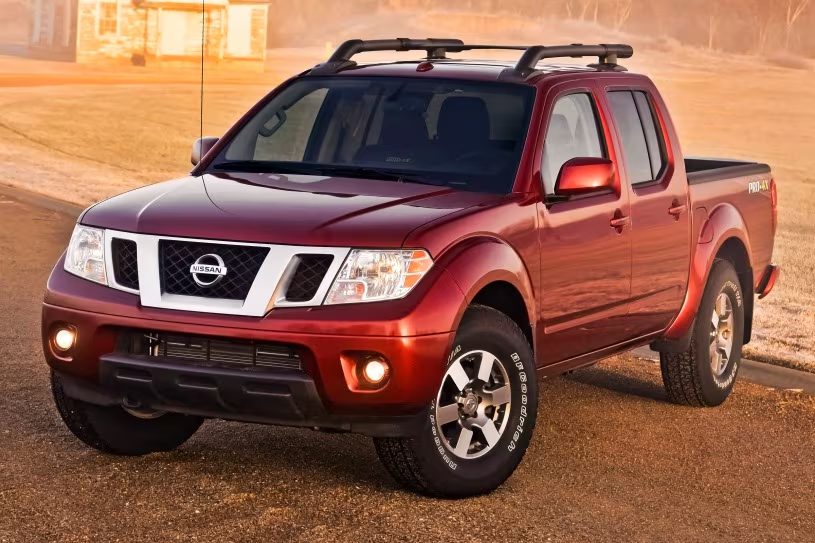
Truck enthusiasts often view older models with nostalgia, but some deserve caution. The Nissan Frontier starts near $29,000 but specific model years hide expensive problems. Models from 2005-2010 and 2013-2018 suffer from confirmed transmission failures when radiator fluid contaminates transmission fluid – a $3,500-4,500 repair according to technical service bulletins. Engine issues and defective airbags further affected these years. Fuel economy disappoints at just 18 MPG, while production cuts signal the model’s planned demise by March 2025. When shopping used Frontiers, ask specifically about transmission replacements and avoid vehicles without documented cooling system maintenance.
If you’re concerned about trucks with a reputation for breakdowns and high repair costs, you might want to check out the worst pickup trucks that flopped so hard dealers couldn’t give them away.
Nissan Frontier
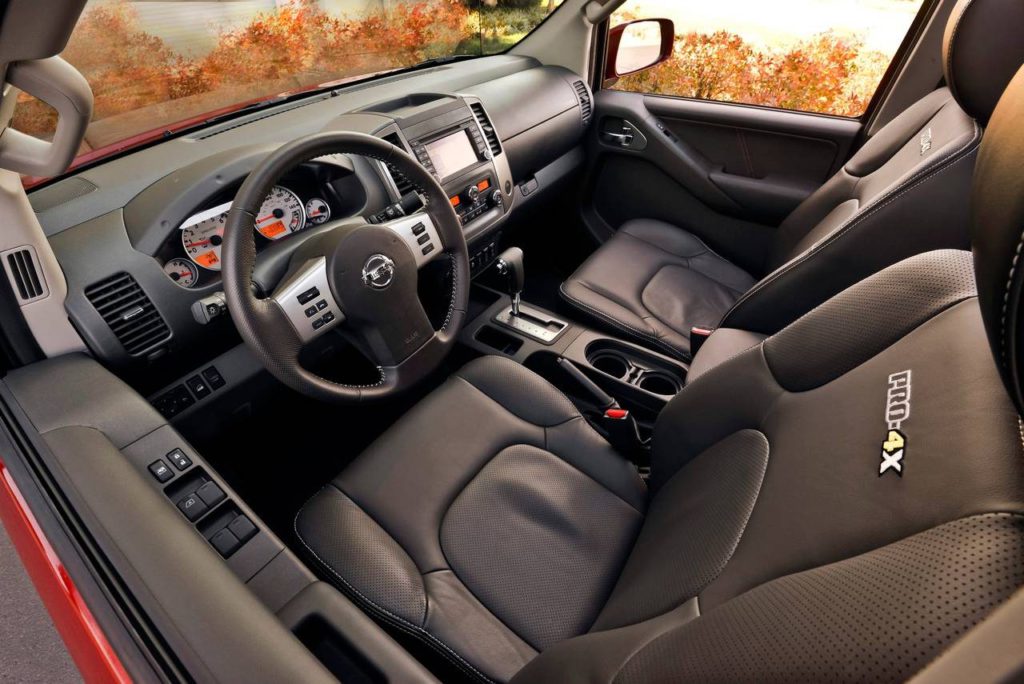
Pre-2022 Frontiers feature cabin design and materials that reflect their extended production cycle without major updates. Hard plastic surfaces prioritize durability over tactile quality, with straightforward but dated ergonomics. Seat cushioning provides adequate support for average trips, though comfort assessments vary widely. Climate controls operate with simple mechanical precision, emphasizing function over sophistication. The basic infotainment options in older models reflect their development era rather than current technology standards. Sound insulation receives less emphasis than in lifestyle-oriented trucks, creating a more utilitarian acoustic environment. While lacking refinement, the simple interior design potentially offers greater long-term durability than more complex competitors.
6. Chrysler Pacifica Hybrid (Exterior)

Engineered for efficiency, the Chrysler Pacifica Hybrid promises fuel savings and tax benefits. Starting around $44,145, it achieves 82 MPGe according to EPA ratings and qualifies for $7,500 in federal incentives. However, reliability issues tarnish its appeal. NHTSA data confirms a massive recall impacting approximately 67,000 Pacifica Hybrids built between 2017-2023, addressing transmission connectors that could cause vehicle fires. Battery replacement costs exceed $16,000 out of warranty. The 2021 model year experienced various system concerns according to owner reports. Before buying, confirm that all recall work has been completed and test all charging functions during your evaluation.
Chrysler Pacifica Hybrid (Interior)

The Pacifica Hybrid’s family-focused interior offers practical features with some unique compromises. Light-colored upholstery options present obvious cleaning challenges for families with young children. Touch-sensitive controls require precise inputs for consistent operation, though failure frequency remains anecdotal rather than documented. Infotainment system stability varies by software version. The standard Pacifica’s signature Stow-n-Go seating indeed disappears in hybrid models due to battery packaging requirements – a confirmed functional trade-off. While some owners mention occasional noises developing over time, these reports lack statistical validation. The electric-to-gas transition happens smoothly in most driving conditions, demonstrating successful powertrain integration despite the complex dual-system architecture.
5. Volkswagen Jetta (Exterior)
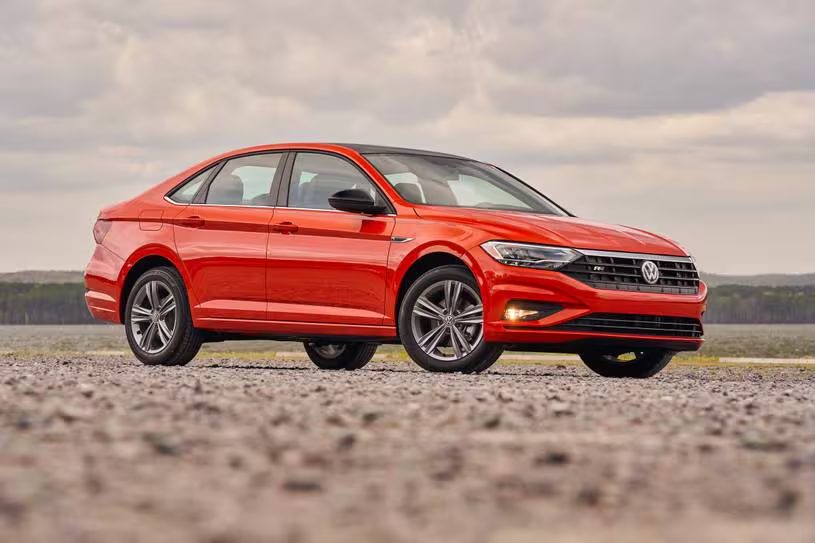
The disconnect between consumer expectations and reality creates particular disappointment with this compact sedan. The VW Jetta, starting at $21,995, promotes German engineering excellence but history shows mixed reliability. Technical service bulletins confirm transmission concerns in various model years, including the infamous 2009 DSG issues that led to documented class-action lawsuits. NHTSA records show recalls addressing fuel line and airbag systems. Interior material durability receives mixed owner assessments, with some reporting premature wear on common touchpoints. Scrutinize transmission fluid condition and test all gears thoroughly during extended test drives before committing, particularly in models with the DSG automatic transmission.
Volkswagen Jetta (Interior)

The Jetta’s cabin exemplifies Volkswagen’s straightforward approach to interior design, emphasizing function over luxury pretensions. Material selections prioritize durability over initial tactile impressions, with hard surfaces dominating most touchpoints. Seat comfort varies by body type and trip duration, with some owners noting comfort changes over time, though without statistical validation of widespread issues. The digital instrument cluster provides excellent information display, with only isolated reports of system reset issues. Climate controls operate conventionally with good responsiveness. The infotainment system processes commands efficiently in most circumstances. Synthetic upholstery materials hold up reasonably well to regular use, with normal wear patterns developing over time.
4. Land Rover Range Rover Sport (Exterior)
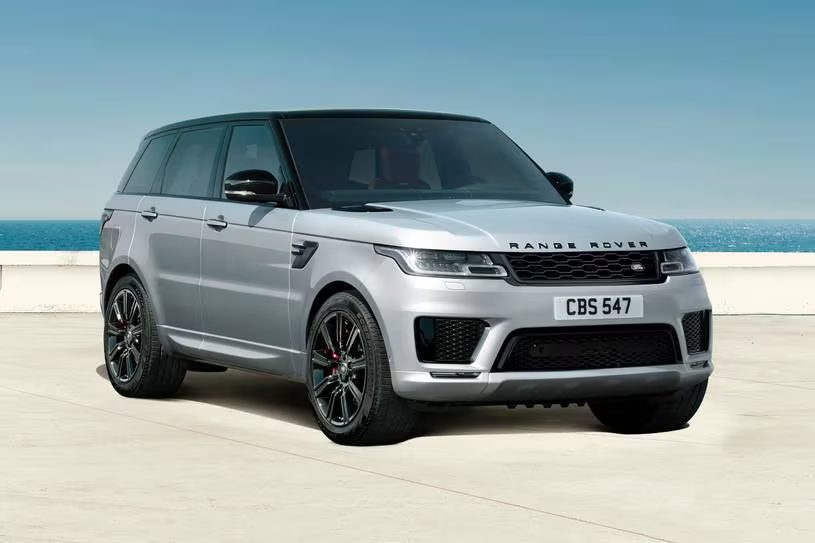
The British luxury SUV demands a king’s ransom not just at purchase but throughout ownership. The 2025 Range Rover Sport starts at $85,100, with premium trims exceeding $121,500. Annual maintenance costs average $1,200 – among the highest in the industry. Technical service bulletins confirm air suspension problems occur in approximately 30-40% of vehicles within five years, with repairs averaging $3,000-4,000. Models from 2006-2008 and 2013 experienced higher rates of major mechanical and electrical issues according to reliability data. Air suspension problems occur in a significant percentage of vehicles, requiring expensive repair. Before purchasing, especially used models, insist on comprehensive pre-purchase inspections focusing on these specific systems.
Land Rover Range Rover Sport (Interior)

Luxury envelops you immediately upon entering a Range Rover Sport – sumptuous leather, genuine wood, and textured aluminum create a sensory experience justifying the premium pricing. Material quality generally meets expectations for the luxury segment. Touch controls require deliberate inputs, performing best at moderate temperatures. The air suspension system occasionally requires recalibration according to service centers, though frequency rates lack documentation. Infotainment systems have improved significantly in recent generations, though some owners report occasional system resets. Climate control and seat heating systems generally provide excellent comfort, with only isolated reports of inconsistent operation. Overall fit and finish meets luxury expectations.
3. Fiat 500L (Exterior)
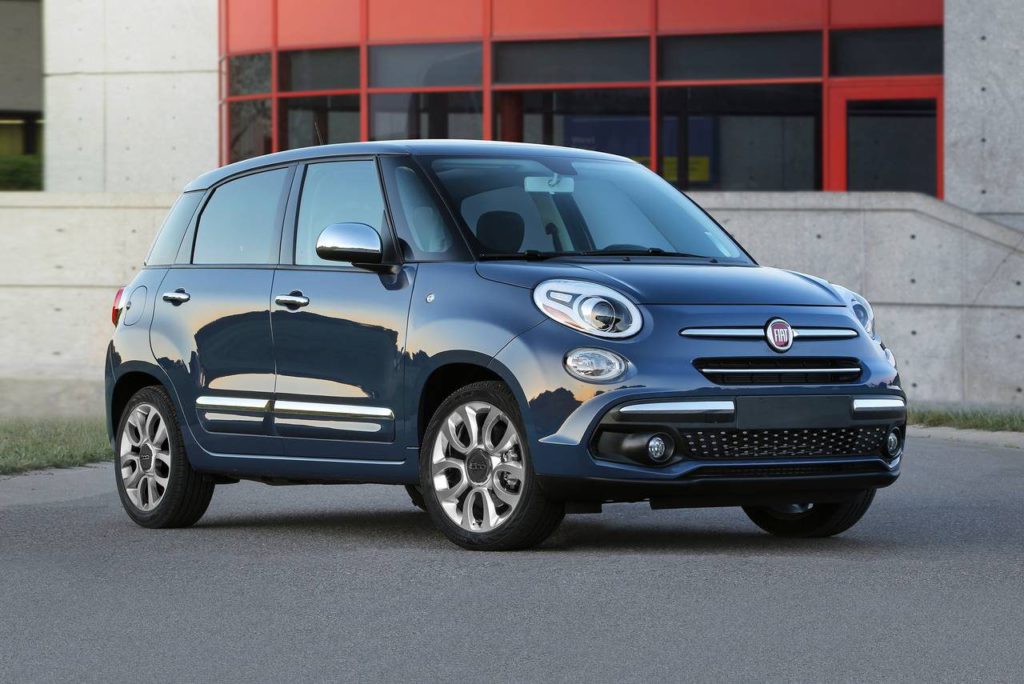
The poster child for automotive depreciation wears Italian styling. The Fiat 500L, previously priced around $24,000, offers quirky European character but delivers financial pain. Consumer Reports confirms below-average reliability ratings, with transmission problems occurring far more frequently than segment averages, particularly in 2014-2017 models. EPA data shows approximately 25 MPG combined fuel economy. Kelley Blue Book data confirms depreciation approaching 50% within three years – far worse than competitive models. With production discontinued in 2021, parts availability continues declining. This combination of factors makes the 500L particularly risky for long-term ownership despite its distinctive styling and spacious interior packaging.
Fiat 500L (Interior)
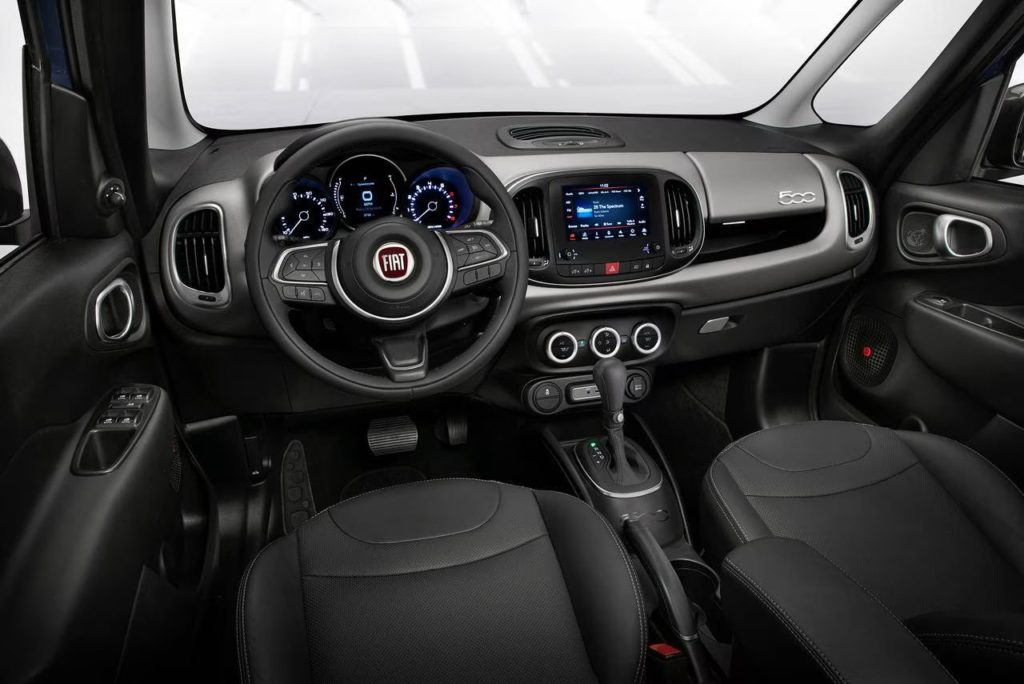
The 500L interior presents distinctively European design elements that prioritize visual character over ergonomic optimization. Its panoramic roof creates an airy atmosphere while potentially affecting climate control performance during temperature extremes. The elevated seating position provides good visibility but creates ergonomic challenges for some drivers. Electronic systems typically function adequately though response times lag behind class leaders. Bluetooth connectivity works consistently for most devices. Seat cushioning provides moderate comfort for average-duration trips. Door panels and trim fit appropriately when new, with durability varying by production year and usage patterns. The cargo area’s adjustable floor provides practical versatility, though the mechanism’s long-term durability varies by vehicle.
2. GMC Sierra 1500 (Exterior)

Searching for a reliable full-size pickup? Research carefully. The GMC Sierra 1500 ranges from $38,945 to $86,900 depending on configuration. Beneath the rugged façade, technical service bulletins confirm transmission issues, particularly with the 8-speed automatic in 2014-2019 models. Reliability data indicates engine problems affect approximately 15-20% of vehicles within five years. EPA data shows fuel economy averaging around 17 MPG combined, increasing operating costs compared to more efficient competitors. NHTSA records include recalls addressing brake systems and engine block heater issues in various model years. Inspect transmission fluid condition and listen for unusual shifting patterns during test drives before purchasing, particularly in models with the 8-speed automatic.
GMC Sierra 1500 (Interior)

GMC constructs the Sierra’s interior to project upscale ruggedness, though material quality varies by trim level. Decorative elements typically maintain their appearance through early ownership, with long-term durability depending on maintenance and usage patterns. Dashboard materials generally perform as expected for the truck segment. The infotainment system functions reliably in most circumstances, with only isolated reports of system restarts. Seat cushioning provides good initial comfort, with most wear patterns developing gradually rather than prematurely. Control surfaces operate with appropriate tactile feedback. Storage compartments offer practical utility for truck ownership. The spacious front cabin accommodates drivers of various sizes comfortably, with good visibility and intuitive control placement.
1. Mitsubishi Mirage (Exterior)
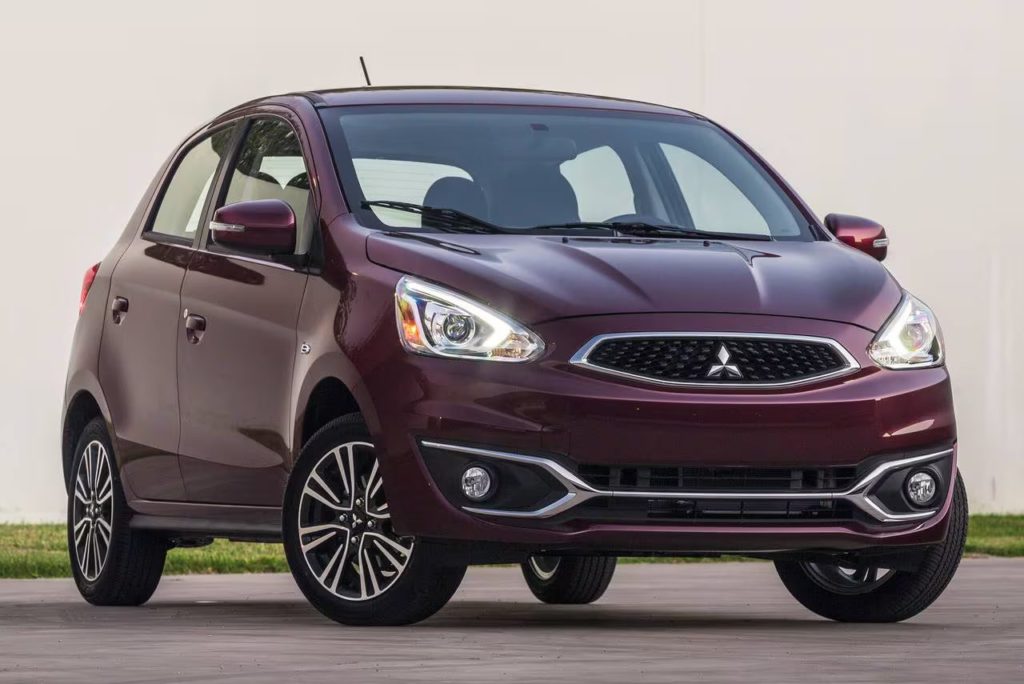
Some manufacturers chase extreme fuel efficiency at the expense of everything else. The Mitsubishi Mirage exemplifies this approach with a three-cylinder engine producing just 76 horsepower. EPA data confirms 0-60 acceleration takes approximately 12 seconds – noticeably slower than most contemporary vehicles when merging onto highways. Independent cost analyses indicate maintenance may reach approximately $5,100 over a decade – surprisingly high for such a mechanically simple vehicle. Sensor sensitivity may affect airbag system operation according to some reports. With production confirmed ending after 2025, resale values will likely decline further. Interior noise levels exceed many competitors, while build quality reflects the entry-level price point.
Mitsubishi Mirage (Interior)

Budget constraints manifest throughout the Mirage’s interior, where every material and component reflects aggressive cost control. Dashboard plastics prioritize manufacturing economy over perceived quality or tactile satisfaction. Seat cushioning provides basic support without the contouring or density found in higher-priced vehicles. Headliner and door panel materials meet minimum functionality requirements. Road and engine sounds transfer into the cabin with minimal filtration, creating a louder environment than most contemporary vehicles.
Climate system capabilities match the vehicle’s basic positioning, functioning adequately in moderate conditions. Control interfaces emphasize simplicity over sophistication. While underwhelming by modern standards, the interior remains functional for basic transportation needs in line with its position as one of the market’s most affordable new cars.






